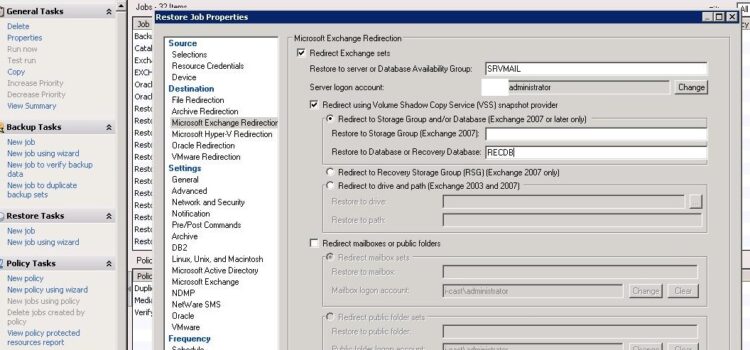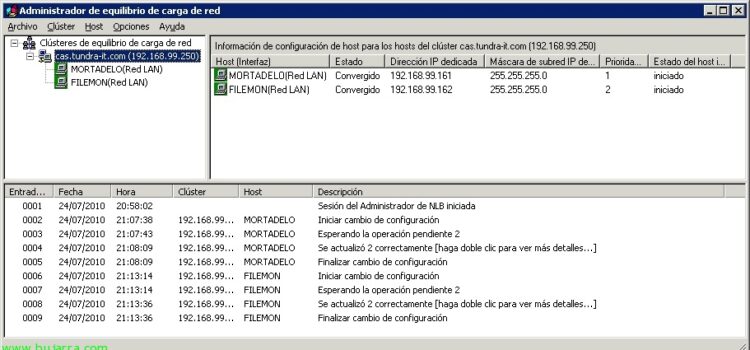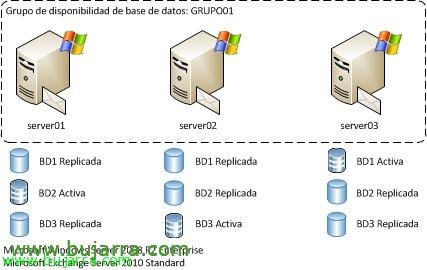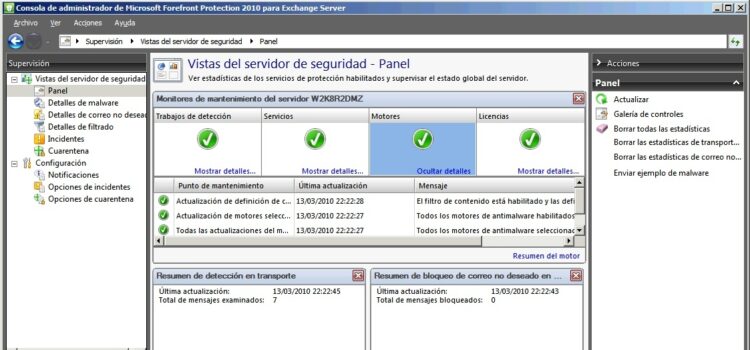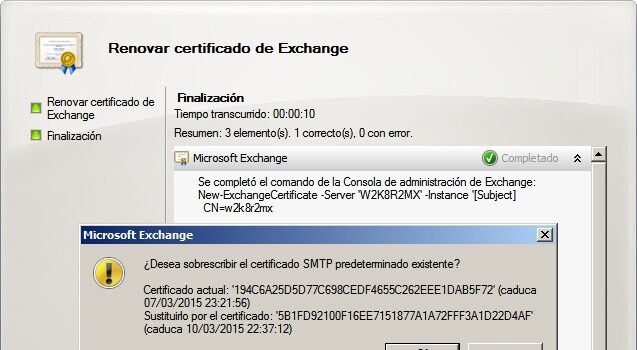Setting up Outlook Anywhere in Microsoft Exchange 2010
In this post we will see how to enable in Microsoft Exchange Server 2010, Outlook Anywhere (formerly called RPC over HTTPS), in order to connect from the outside with our Outlook via HTTPS, an ideal setup for those with mobile devices who use Outlook, we will make a secure connection via SSL to our server or Client Access array, with this we will avoid making VPN connections to open the Outlook. If we do not want to publish our CAS servers directly to the Internet, we will set up a TMG server to make the transfer to us.



